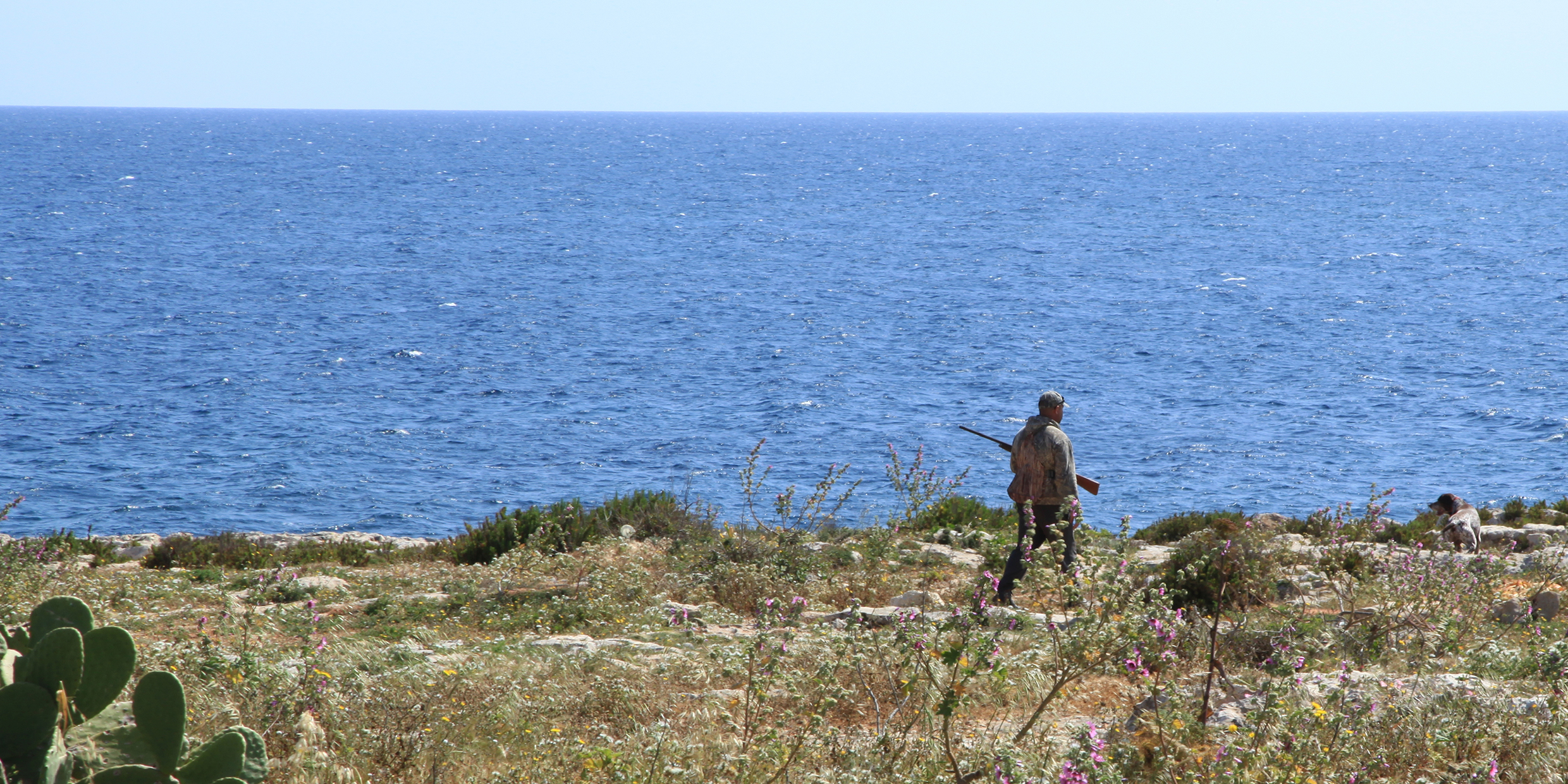Originally published 21 May 2002
The island of Malta lies smack in the middle of the Mediterranean Sea. Anyone moving east-west or north-south must sooner or later come against its shores.
Phoenicians, Greeks, Romans, Arabs, Europeans, Turks: They’ve all washed up at Malta, most of them unwelcome. Even St. Paul was shipwrecked on the island and converted the locals to Christianity.
And birds. Each spring and fall migrating birds rest on Malta as they make their way from Africa to Europe and back again. They are greeted by Maltese men armed with shotguns and nets, and slaughtered in the millions.
I recently spent a couple of weeks walking in Malta. The island was a paradise of spring wildflowers and burgeoning gardens, stirring coastal paths, picturesque villages, antiquities of every age, and friendly people.
And the ever-present pop, pop of shotguns.
Every cliff face, every field, every open stretch of land is chockablock with the paraphernalia of massacre. Netting grounds for trapping songbirds. Hides (blinds) for hunters. Tray-like stands for holding live decoys in cages. And along every path and lane expended shotgun shells, the ubiquitous, and only, litter.
Malta has a population of nearly 400,000 in an area about the size of metropolitan Boston. Upwards of 20,000 residents engage in shooting or trapping, so many that no government has the political will to stop them, or even to adequately enforce existing laws.
Protected species are routinely shot. Shooting takes place in built-up areas and at sea, where it is prohibited by law. I watched one hunter screech his 4‑by‑4 to a stop on a clifftop road, leap out, and blast away at what I took to be a swallow. The bird fell where it was irretrievable.
We are not talking about shooting for the table. Songbirds, hawks, owls, ospreys, herons, even sparrows: If it flies, it’s dead. This so-called sport goes back centuries to a time when fowling made a necessary contribution to the islanders’ diet. Hunting is now ingrained in island culture as a perverse caricature of the former activity.
European visitors to Malta have long condemned the slaughter, and lately the Maltese themselves are turning on the shooters — organizing bird sanctuaries, pressing for more stringent laws, and supporting conservation organizations.
In many ways, the hunters are their own worst enemies.
Most Maltese were shocked earlier this year when hunters in a speedboat, in front of horrified onlookers, killed eight out of 10 mute swans that were swimming in the island’s St. Thomas Bay. Last year, the spectacular neolithic temple at Mnajdra was severely damaged by unknown vandals with crowbars, presumably because the associated archeological park encroaches upon traditional shooting ground.
Of course, Malta is not alone as a killing ground for animals. The slaughter of animals for so-called sport is a worldwide pastime, but nowhere else are there more shooters per square mile than in Malta, and nowhere else is killing for killing’s sake cast into sharper focus.
What is this compulsion men have to discharge weapons at defenseless birds? The migrating birds are acting out an ancient evolutionary script encoded in their genes, probably resulting from patterns of survival imposed by the ice ages. The hunting instinct in human males may also be innate: Fish gotta swim, birds gotta fly, boys gotta shoot birds out of the sky. To be sure, the Maltese slaughter of birds is strictly a male affair.
My guess is that the killing is not so much genetic as cultural, a phallic enterprise, a way of asserting macho masculinity by making a big bang with a loaded gun.
I don’t want to come across as holier-than-thou; we all have our ways of asserting our sexuality, and I kill — or cause to be killed on my behalf — many species of animals for my nourishment, health, or convenience. And certainly my own country has its share of gun-happy idiots.
What so disturbed me in Malta was the sheer gratuitousness and pervasiveness of the killing — the murder of innocence and of beauty for no ostensible purpose other than a presumed pleasure in seeing innocence and beauty die. It was an instructive reminder of just how precarious innocence and beauty are in the face of human perversity.
One gentleman I met at the Mnajdra archeological park told me that vastly fewer birds now come to the island than in his father’s time.
Well, no wonder. Birds can’t tell each other to stay away, as human tourists can, but if enough birds are killed the instinct for migration via the Malta flyway will be slowly erased from the gene pool.
And the Maltese, hunters and non-hunters alike, will be that much less innocent and their island that much less beautiful.
A national referendum to ban the recreational spring hunting of birds in Malta failed in 2015 by a razor-thin margin. The slaughter continues. ‑Ed.



